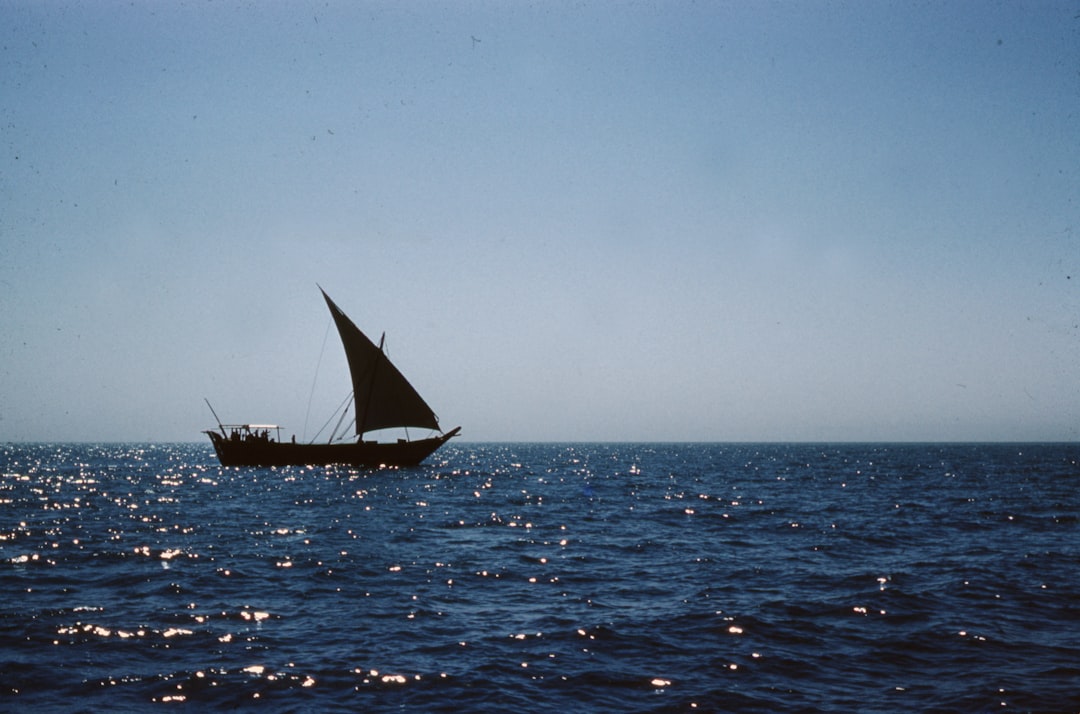Who Are the Ama Divers?
The Ama are Japan's female free divers, renowned for plunging into the cold waters to depths of up to 10 meters without any breathing apparatus. Their work is a delicate dance with nature, harvesting marine treasures like abalone, sea urchins, and seaweed. This tradition is not just a job; it's an identity passed down through generations, primarily from mother to daughter. While their numbers are fading, nearly half of the remaining Ama still practice their craft in the coastal towns of the Ise-Shima region, particularly in Toba.
A Legacy of Female Empowerment and Self-Sufficiency
The history of the Ama is deeply intertwined with the societal role of women in coastal Japan. For centuries, this was one of the few professions that offered women a path to financial independence. It's believed that women are naturally better suited for the task due to having a higher body fat percentage, which provides better insulation against the cold water. Historically, becoming an Ama was a rite of passage, so integral to the community that it was often a prerequisite for marriage. This matriarchal tradition empowered women, giving them control over their livelihood and a respected place in society—a concept that resonates strongly with the independent spirit of today's location-independent entrepreneurs.
A Day in the Life of a Sea Woman
The Ama's life is governed by the sea, the weather, and ancient customs.
The Dive: On a typical morning, around 9 AM, the Ama head to the sea. They dive for about four hours, using a special breathing technique called isobue, or 'sea whistle', to protect their lungs from the pressure changes. They deliberately avoid oxygen tanks to prevent overfishing and honor their traditions.
The Catch: After their dives, they sell their fresh catch at local markets, providing a direct link from the ocean to the community's tables.
Tradition & Conservation: The Ama follow a strict schedule rooted in conservation and superstition. They do not dive every Tuesday and Saturday, allowing marine life to replenish. They also avoid diving on any date that includes the number 7, which is considered unlucky.
Types of Ama Divers
The Ama operate in three distinct ways, showcasing different levels of community and partnership:
Kachido: Solo divers who swim out directly from the shore.
Funado: Divers who work in pairs, often husband and wife, using a boat to reach deeper fishing grounds.
Norai: Groups of Ama who charter a single boat together, working as a collective.
The Tools of the Trade: Then and Now
While the core practice remains unchanged, the Ama's gear has evolved.
Historically: Many Ama dove wearing only a fundoshi (loincloth) and a tenugui (bandana), carrying a sharp tool to pry shellfish from rocks.
Modern Adaptations: Since the Meiji era, goggles became common. Today, most Ama wear a white cotton outfit (believed to ward off sharks) and a modern black wetsuit for warmth. However, the one constant is the absence of oxygen tanks.
How to Meet the Ama: The Hachiman Kamado Hut Experience
For an unforgettable and authentic encounter, head to the Hachiman Kamado Ama Hut in Ōsatsu, Toba. This isn't a tourist trap; it's a real goya (hut) where active divers rest, warm up, and eat after their morning's work. Here, you can sit with them around a crackling fire as they grill their freshly caught seafood, sharing incredible stories of their lives. It's a humbling and inspiring experience.
During your visit, you'll meet incredible women like Reiko Nomura, who, at over 85, is the oldest Ama in Japan. You can even try on the traditional white Ama costume for a unique photo opportunity (¥300). Meals range from a simple tea time snack (around ¥2,000) to a luxurious seafood lunch (up to ¥9,000), with options for Halal and vegetarian diets upon request.
Travel Logistics & Pro Tips for Toba
Getting to this remote corner of Japan is part of the adventure. Here's how to do it efficiently.
Address: Hachiman Kamado Ama Hut, 819 Osatsu-cho, Toba City, Mie Prefecture.
Booking: It's essential to book your meal experience at least one week in advance via their website to ensure availability.
Getting There:
By Train (Recommended): The Kintetsu railway network is your best bet. For maximum flexibility and savings, the Kintetsu Rail Pass is a must. The 5-day Plus Pass (¥4,900 for adults) is the best value, offering unlimited rides on Kintetsu trains and key bus lines in the area, plus a ¥100 discount on your meal at the Ama hut.
Free Shuttle: Hachiman Kamado offers a free shuttle bus from Toba Station. You must reserve this when you book your experience online.
Connectivity: Don't rely on offline maps. Rent a pocket WiFi or get a travel SIM card to use Google Maps for navigating train and bus schedules seamlessly.































